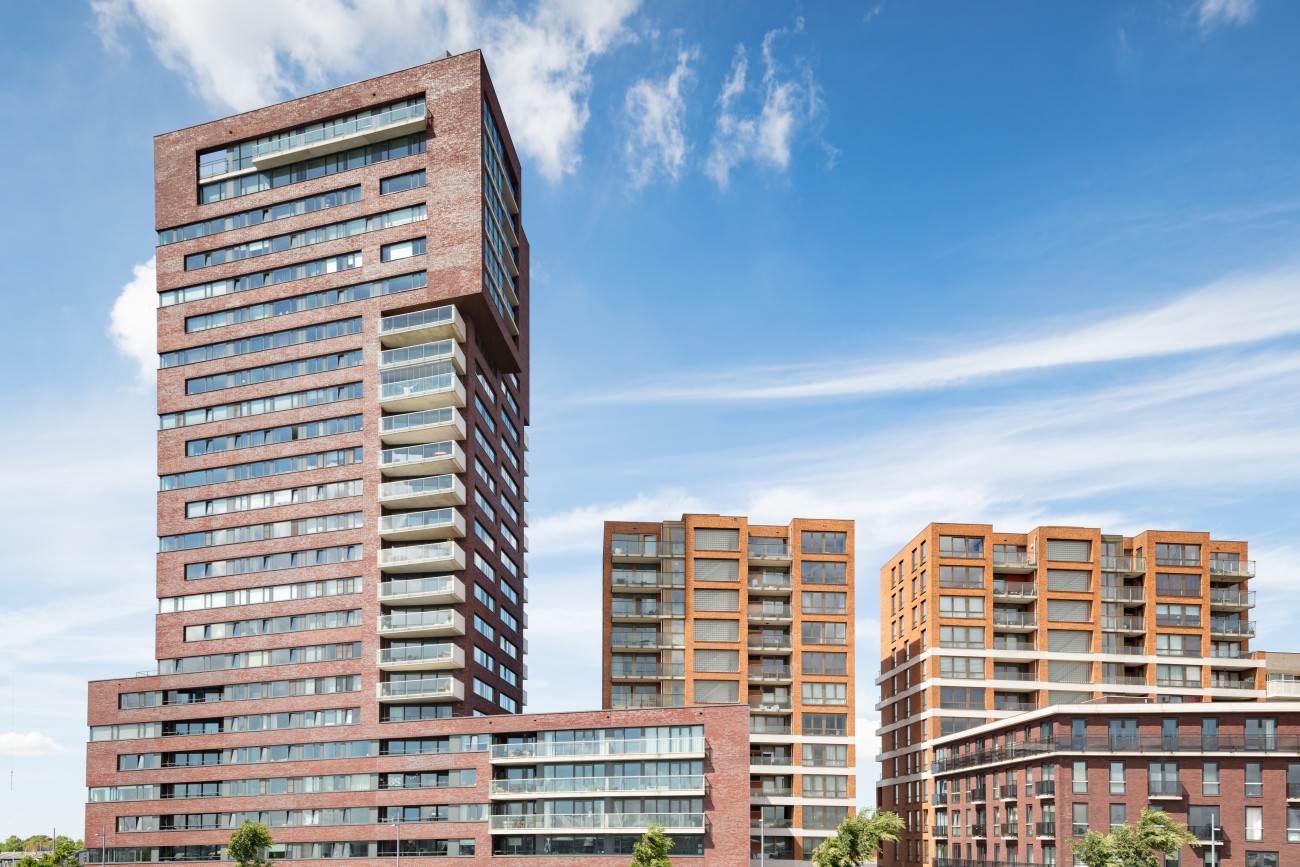
Energy Efficiency and the Inflation Reduction Act: A User Guide for Owners and Developers of Affordable Housing
The more than $14 billion in new money for residential energy efficiency that came with the passage of the Bipartisan Infrastructure Law (BIL) and the Inflation Reduction Act provides an extraordinary opportunity to make investments in improving the efficiency of affordable housing while also benefiting the health of workers and residents. Using these new investments as opportunities to increase the procurement of healthier and U.S.-made energy-efficient products in affordable housing can decrease exposures to hazardous materials, improve the physical and economic health of marginalized communities, and help rebuild the U.S. manufacturing sector.
Investments in energy efficiency of affordable housing are much needed measures to address equity. As extreme weather events become more frequent due to climate change, houses and buildings must be made to be climate resilient and energy efficient in order to protect the health and well-being of occupants. Black, Hispanic, Native American, adults aged 65 or older, renters, and low-income multifamily building residents often live in buildings that are poorly insulated and leaky, and end up paying high energy bills because of it. The median energy burden of low-income households is 3.5 times higher than that of non-low income households. These new federal investments in weatherization and climate resilience measures for residential buildings make it possible for building owners and developers of affordable housing to make much needed improvements that will positively impact resident health and financial equity.
This user guide details four programs being funded through the Inflation Reduction Act that rise to the top as mechanisms to spur investment in energy efficiency upgrades of affordable housing through the work of property owners, homebuilders, developers, and housing coalitions. These programs target the development of affordable single- and multi-family housing and include funds for both new construction and retrofitting of existing buildings. Options for grant funding, loans, tax credits, and product rebates provide several avenues for funding, increasing the affordability and viability of green building measures and providing crucial opportunities to impact the health and wellbeing of low-income populations.
A focus of these programs is to direct the benefits of this funding towards lower- and median- income residents. The Department of Housing and Urban Development’s (HUD’s) competitive grant program requires that at least 50% of units at the property be assisted, and they will favor grant applications for properties with higher numbers of assisted units, as well as those in census tracts with higher poverty rates. The U.S. Department of Energy’s (DOE) rebate programs make it so that lower- and middle-income residents are eligible for higher rebate amounts. Additionally, new funding for states to implement contractor training programs enables new opportunities to expand and diversify the workforce while providing further financial incentives to contractors who perform rebate program qualified upgrades in underserved communities.
This resource is intended to help builders and owners of affordable housing identify federal funding to improve efficiency in their buildings. Building Clean’s resources and tools can help builders seeking this funding find building products that meet sourcing provisions set forth in these programs as they relate to efficiency, health, and U.S./local sourcing.